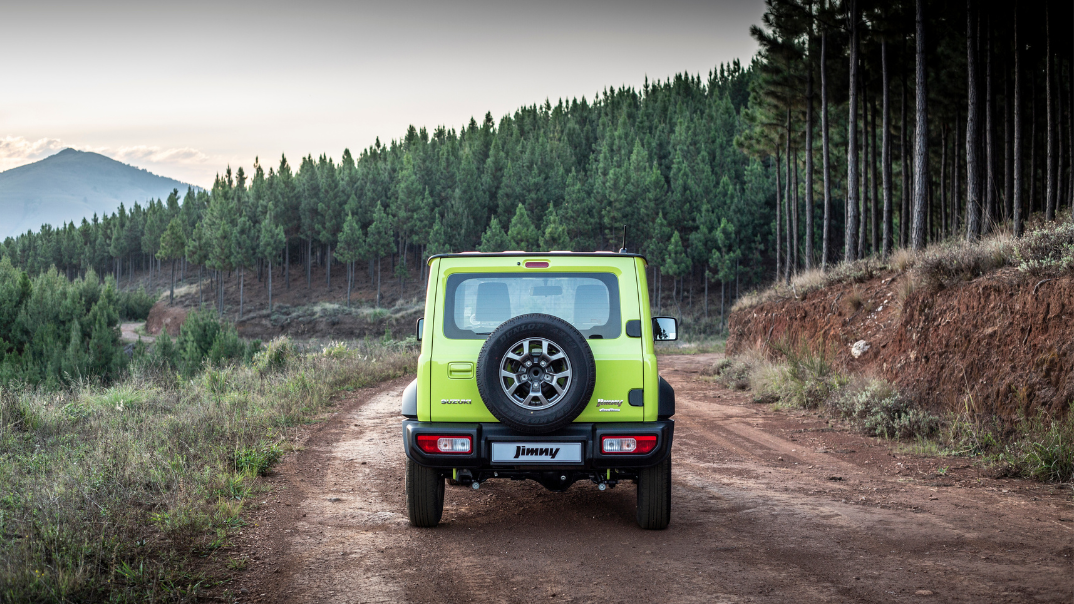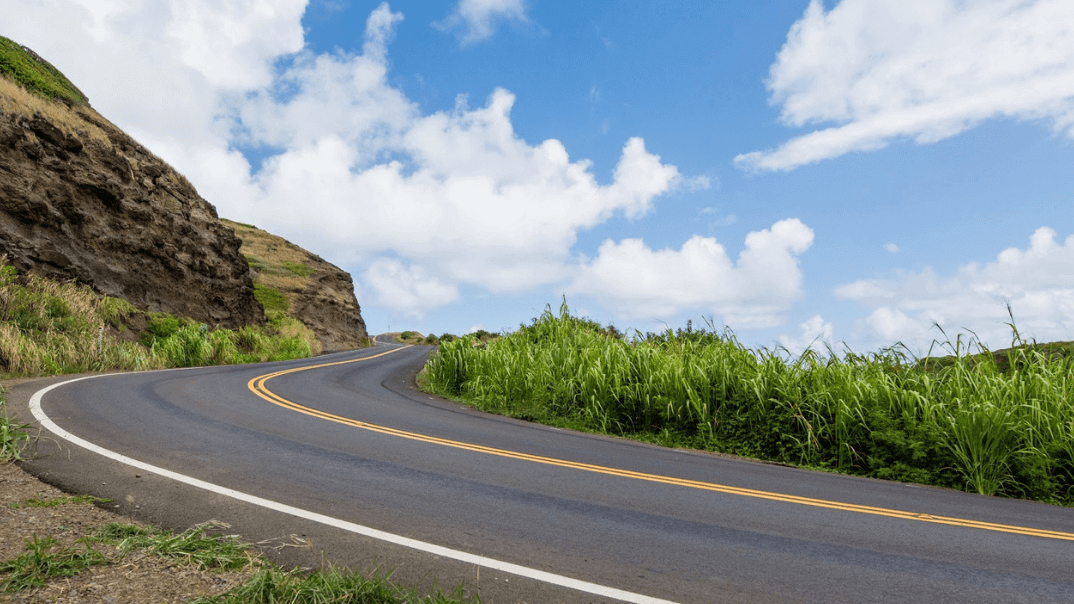South Africa has some unique and challenging driving conditions. One of these is regular veld fires that can often obscure visibility and cause chaos on the road if people don’t know what to do.
With winter approaching, we are likely to see more veld fires, especially in the dry high-veld areas. Veld fires are a regular menace on our roads, and drivers need to know how to safely drive through an area where fires may be burning right up to the road. If you’ve ever had to drive through an extended veld fire, you’ll know that it can quickly become scary and disorientating. If it’s a large fire, you might not be able to just ‘quickly’ get through it, and in these instances, you need to keep your cool and adhere to this expert advice.
Remember the three key factors: Drive, Observe, Illuminate.
1. Drive
No matter how thick the smoke is, remember that you are still operating a vehicle on an official road. So keep your ‘driver’s mindset’ to navigate this situation as safely as possible.
Slow down as much as necessary, depending on visibility, but avoid coming to a complete stop if you can. If you just stop in the middle of the road, the chances are good that a driver behind you will hit your vehicle, because their visibility is just as poor. You also don't want to spend an extended amount of time in such thick smoke - even if your vehicle has all kinds of filters, it’s not a safe or healthy situation to be in.
So the first rule is to slow down but to keep driving cautiously so that you can get clear of the fire.
2. Observe
If the smoke is very thick, it can be difficult just to make sure you are staying on the road. Slow down and switch on all your senses! Keep an eye on the side/kerb of the road to make sure you are staying on the road and in your lane. Naturally, keep an eye out for other slow-moving (or stationary) vehicles.
Try to follow a ‘two-second’ rule: you want to be able to see at least two seconds ahead of you at a low speed giving you enough time and space to stop or move around any obstacles if necessary.
If you really can’t see anything ahead of you, you should move to the side of the road and stop, and put on your hazard lights. A crucial point to remember: if you do pull off the road, stay in your vehicle with your seatbelt on. If another vehicle does hit you, your car offers much more protection than if you are hit while standing outside.
It’s also important to be aware that animals will likely also be trying to get away from the fire. If you’re in a game reserve or rural area, you need to be alert to animals running into the road. Again, the most important advice is to slow down and move ahead very carefully.
Remember that emergency vehicles may be trying to get through, so listen and look out for any emergency alarms or lights so that you can make way for them to pass.
3. Illuminate
You want to switch on your lights - and fog lights if you have - to increase your visibility, and to make your vehicle visible to others. What you want to avoid:
- Don’t panic and just automatically go for your hazards. Hazard lights are meant to indicate a vehicle that is completely stationary, and it may confuse other drivers, and even cause them to brake or swerve unnecessarily if you turn on your hazard lights.
- Don’t switch to ‘brights’ as it will dazzle other drivers, which can be extremely dangerous. Switching to brights in hazy/smoky conditions can also cause the bright light to simply reflect back to you, and you will end up reducing your own visibility.
- Fast fact: it’s against the law to have your fog lights on unless you're driving in fog, rain, or smoky/hazy conditions.
- What if there is a stationary truck just ahead?
- What if an animal runs across the road right now?
Asking these questions will help you gauge whether you are driving too fast, and will help you remain alert should something happen.
So, should you find yourself in the thick of a veld fire, remember the above advice: Drive, Observe and Illuminate.
Thanks to Peter and Fanie from Let's Talk Automotive for their valuable insights on this topic. To see more of their work, like Let's Talk Automotive on Facebook.
Download our guide to car safety which covers a variety of driver safety tips to keep you and your loved ones safe on the road.

%20(1).png)
